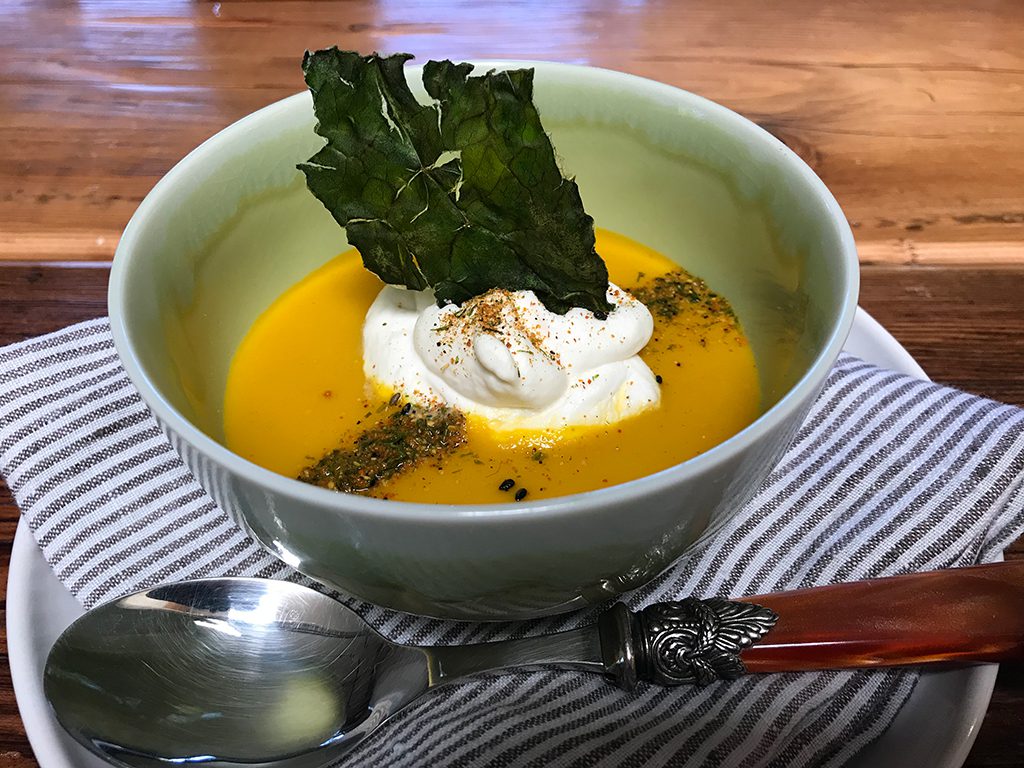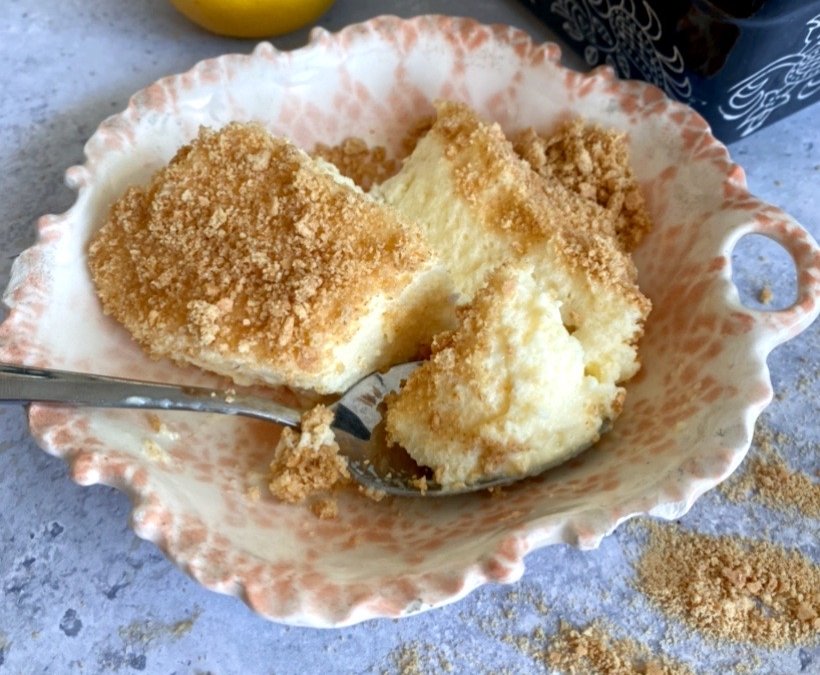Lemon Bisque: A Culinary Delight
Lemon bisque is a dish that embodies the essence of culinary creativity, merging the tangy brightness of lemons with the rich, creamy texture of a traditional bisque. This delightful soup not only tantalizes the taste buds but also serves as a testament to the versatility of lemons in the kitchen. As we explore the intricacies of lemon bisque, we uncover its origins, preparation methods, and the unique flavors that make it a standout dish.

The origins of bisque can be traced back to the coastal regions of France, where seafood was abundant. Traditionally, bisque is a smooth, creamy soup made from crustaceans, often enhanced with a variety of spices and aromatics. However, the introduction of lemon into this classic recipe adds a refreshing twist that elevates the dish to new heights. The bright acidity of lemons cuts through the richness of the cream, creating a harmonious balance that is both comforting and invigorating.
To prepare a lemon bisque, one must start with a solid foundation. A good bisque begins with a flavorful stock, often made from seafood or vegetables. For a lemon bisque, a light vegetable stock serves as an excellent base, allowing the lemon flavor to shine. The process begins by sautéing onions, garlic, and leeks in a pot until they become translucent. This aromatic base sets the stage for the subsequent ingredients.
Next, the addition of fresh lemons is crucial. The zest and juice of the lemons infuse the bisque with a vibrant flavor. It is essential to use fresh lemons, as their natural oils and acidity cannot be replicated by bottled alternatives. The zest adds a fragrant note, while the juice provides the necessary tartness. As the mixture simmers, the flavors meld together, creating a fragrant and inviting aroma that fills the kitchen.
Incorporating cream into the bisque is where the dish truly transforms. Heavy cream is added gradually, allowing it to blend seamlessly with the stock and lemon. The result is a velvety texture that coats the palate, making each spoonful a luxurious experience. For those seeking a lighter option, alternatives such as coconut milk or cashew cream can be used, providing a dairy-free version that still maintains the richness of the original.
To enhance the flavor profile, a variety of herbs and spices can be introduced. Fresh dill, thyme, or even a hint of cayenne pepper can elevate the bisque, adding depth and complexity. The key is to strike a balance, ensuring that the lemon remains the star of the show while the other ingredients complement its brightness.
Serving lemon bisque is an art in itself. A simple garnish of fresh herbs or a drizzle of olive oil can elevate the presentation, making it visually appealing. Pairing the bisque with crusty bread or a light salad creates a well-rounded meal that is perfect for any occasion. Whether served as an appetizer or a main course, lemon bisque is sure to impress guests and family alike.
The versatility of lemon bisque extends beyond its ingredients. It can be enjoyed warm on a chilly evening or chilled as a refreshing summer soup. This adaptability makes it a favorite among home cooks and professional chefs alike. The ability to customize the bisque with seasonal ingredients allows for endless variations, ensuring that it remains a relevant and exciting dish throughout the year.
In the realm of culinary exploration, lemon bisque stands out as a dish that celebrates simplicity and sophistication. Its bright flavors and creamy texture create a delightful experience that lingers long after the last spoonful. As more people discover the joys of cooking with lemons, lemon bisque is poised to become a staple in kitchens around the world, inviting everyone to savor its unique charm.




